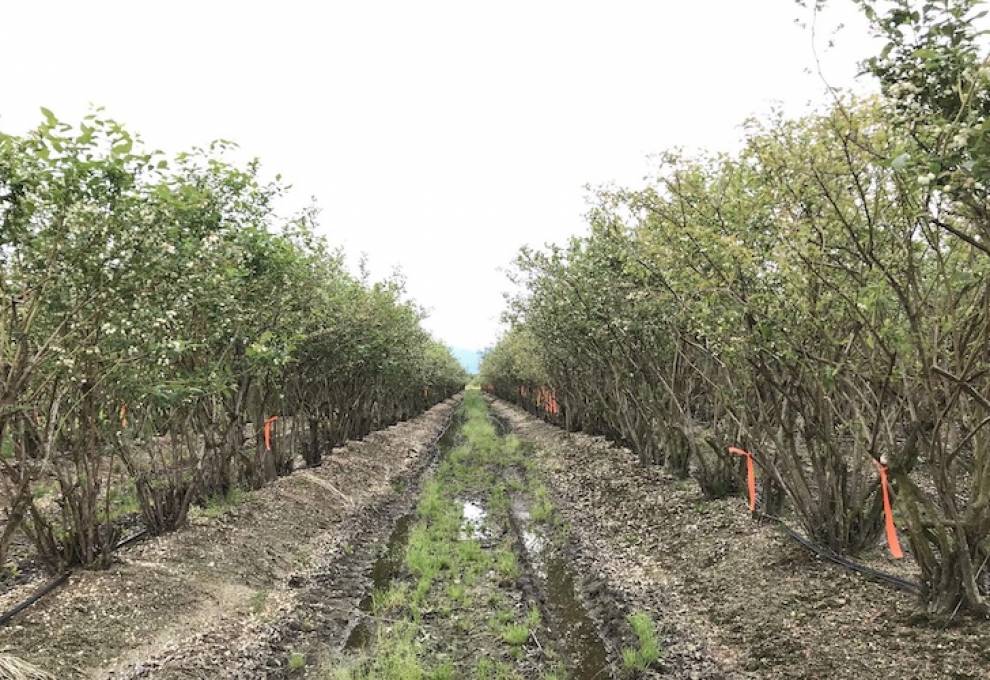
Recently, the blueberry scorch virus has become the scourge of the British Columbia blueberry industry, causing loss of yield and profitability. Farmers can test sick plants to determine whether the blueberry scorch virus, or other known viruses, are to blame.
But now, a mysterious new problem is threatening BC’s blueberry industry – visibly sick plants are testing negative for unknown causes. Researchers are now assigned to a two-year project funded by Genome British Columbia (Genome BC) to find out why.
“In 2020, for instance, 18 per cent of samples from damaged plants tested negative for both the blueberry scorch virus and blueberry shock virus,” says Jim Mattsson, associate professor in the Department of Biological Sciences at Simon Fraser University and lead researcher on the project. “We need to know what is affecting these blueberry bushes to find out how to reduce the spread of disease,”
The research team, which includes the BC Blueberry Council, uses genomic tools such as genome sequencing to identify the viruses causing disease in blueberry plants. The BC Blueberry Council has also developed a campaign to raise awareness among growers.
Initial lab results confirm two strains of a new blueberry virus and a new strain of blueberry shock virus never previously detected in the province. Not all viruses affect plant health, so it’s too early to tell whether these new strains contribute to crop damage, and further research is required.
Once the cause is found, BC-based Phyto Diagnostics, a third-party lab, will develop a diagnostic test for the new virus using the genomic information.
Source: Genome BC August 22, 2022 news release

Add new comment